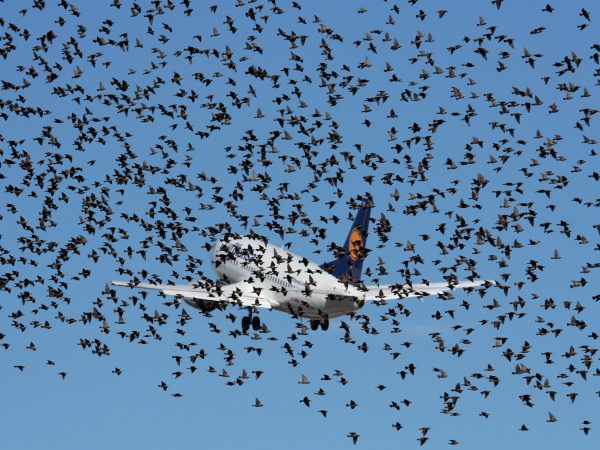Due to the concentrated bird activity and high concentration of aircraft, the greatest risk of aircraft bird strikes occurs at low altitudes and in the vicinity of airports. Therefore, a significant emphasis in bird hazard management is placed on airports.
Aircraft operators expect that any potential bird hazard at an airport they utilize will be controlled to eliminate exceptional risk. Many countries have detailed guidelines and compliance procedures to ensure their airports meet this expectation. However, despite the existence of related ICAO SARPs (Standards and Recommended Practices), there is no consistent standardization in achieved safety levels. This article outlines the key principles of a suitable approach to bird hazard management for airport operators.
Principles of Effective Risk Management
The extent of bird hazards can vary significantly at different airport locations. While various solutions and strategies are available, not all may be relevant to a specific airport's circumstances. The most crucial initial action for any risk management strategy is to understand the nature of the existing (unmanaged) hazard. This understanding should consider factors such as time of day, seasonal variations, and the likely pattern of aircraft movements. Once a risk management plan is implemented, proactive monitoring is essential to detect any changes that may challenge the assumptions underlying the plan. Relying solely on an increase in recorded hazards as a trigger for plan modification should be avoided.
Similar to all risk management practices, adopting a Safety Management System approach is vital. This approach requires accountability, cooperation among stakeholders, proper documentation, and an effective review process. Adequate human and financial resources compatible with the task are necessary to support these efforts.
Components of Risk Management
One component common to all airports is the maintenance of reliable records documenting the remaining hazards despite implementing the risk management plan. For actual bird strikes on aircraft, this requirement is included in ICAO SARPs. Collaborating with aircraft operators may be necessary to ensure comprehensive data capture and prevent duplication. It is also important to document any changes made to the risk mitigation actions under the management plan to enable monitoring of the impacts on recorded residual hazards.
Larger airports will likely require specialized advisors to assist in developing the initial risk management plan and conducting ongoing reviews.
Various tools available to airport operators can be incorporated into a risk management plan, but their relevance may differ. These tools can generally be categorized as follows:
1. Airport Habitat Management: This involves managing grass and surface water, including transient accumulations, as well as excluding roosting opportunities in buildings and trees within the airport perimeter.
2. Airport Locality Habitat Review: This refers to assessing areas beyond the airport perimeter where bird attractants or related bird activity could directly affect aircraft safety. The ICAO defines this area as a 13km radius circle around the airport.
3. Active On-Airport Control Systems: These systems include bird activity monitoring, bird deterrence methods, and ATC alerting channels.
The selection of appropriate risk management methods depends not only on the effectiveness of bird deterrence but also on understanding why specific bird species are present.






